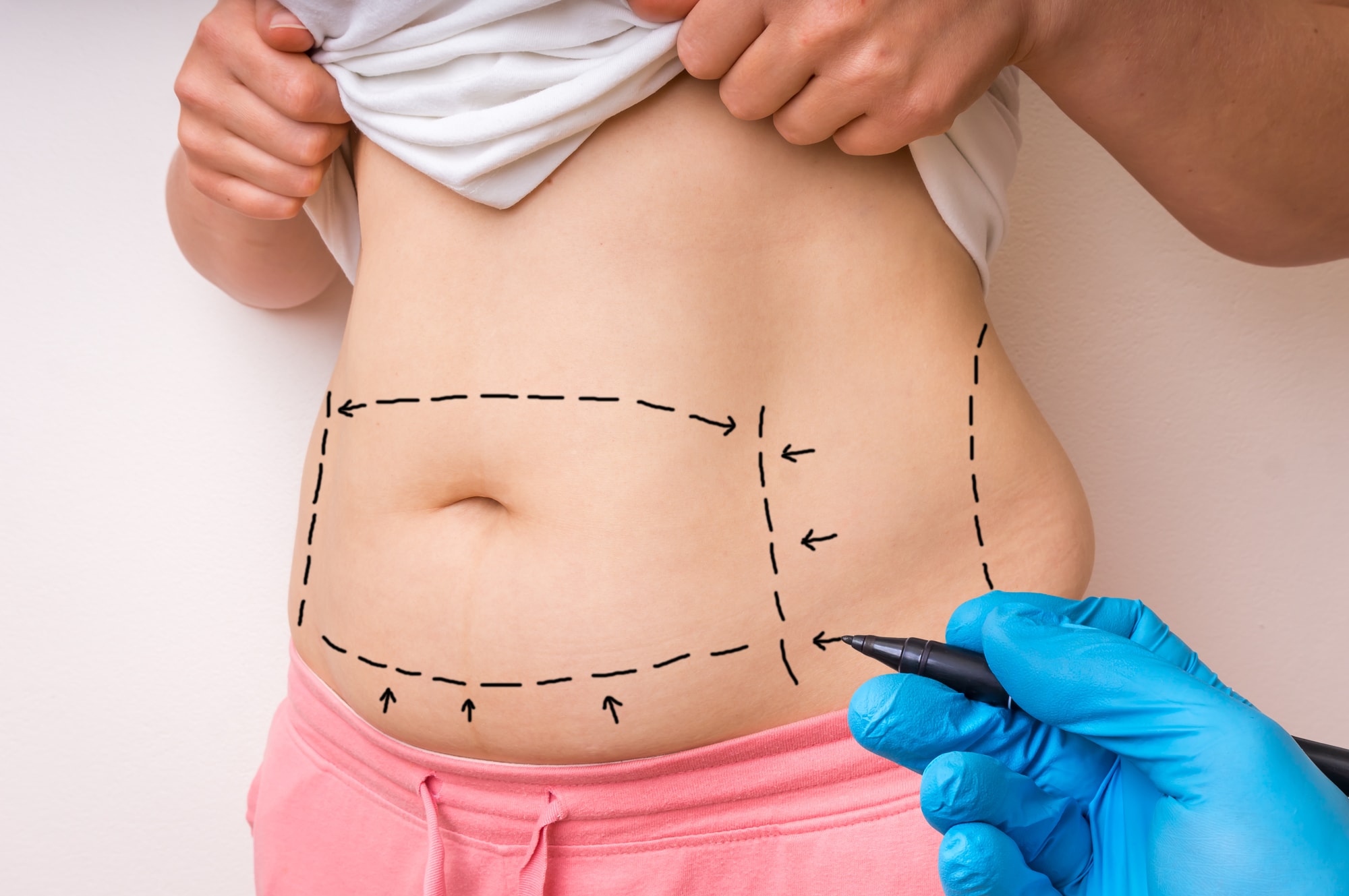The Truth About Fat Grafting/Transfer

Fat grafting or fat transfer has been in the limelight in recent years, hailed as a revolutionary procedure in aesthetic medicine. However, with prominence comes misconceptions. This comprehensive exploration delves into the ins and outs of fat grafting, debunking myths and highlighting its benefits.
The Essence of Fat Grafting/Transfer
Definition: Fat grafting is a cosmetic procedure where fat is harvested from one part of the body and reinjected into another to restore volume or enhance contours.
Primary Steps:
- Harvesting: Fat is extracted using techniques similar to liposuction.
- Purification: Removed fat undergoes meticulous processing to separate impurities.
- Re-injection: Purified fat is strategically reintroduced into desired areas.
Anatomy of the Fat Cell
Before diving into the procedure, understanding the fat cell is crucial. Adipocytes (fat cells) are more than just storage units for lipids; they’re dynamic cells that release hormones and have regenerative capabilities.
Why Fat Grafting?
The procedure’s popularity is attributed to several key factors:
- Naturalness: Utilizing the body’s fat means biocompatibility, negating allergic reactions or rejection.
- Dual Benefit: Patients benefit from liposuction in the donor area and enhancement in the recipient area.
- Longevity: Unlike synthetic fillers that dissipate over time, fat grafting provides lasting results.
Debunking Myths
- “It’s an Alternative to Weight Loss”: Fat grafting is not a weight loss remedy. While fat is removed, its primary purpose is aesthetic enhancement.
- “The Results are Permanent”: Although long-lasting, some transferred fat might be reabsorbed by the body. However, what remains post-initial absorption tends to be permanent.
Comparative Insights: Fat Transfer vs. Synthetic Fillers
Immediate Results: Both procedures offer almost immediate volume enhancement.
Duration:
- Synthetic Fillers: Generally last between 6 to 18 months.
- Fat Transfer: Results can last several years, with about 50-70% of transferred fat enduring long term.
Natural Feel:
- Synthetic Fillers: Depending on the type, they might feel different from surrounding tissues.
- Fat Transfer: Provides a soft, natural texture akin to the body’s tissues.
Where Can Fat Grafting be Used?
While many associate fat transfer with facial rejuvenation, its applications are diverse:
- Facial Areas: Enhances under-eye areas, cheeks, and lips.
- Hands: Rejuvenates aging hands.
- Breasts: Used in breast reconstruction post-mastectomy or to rectify irregularities.
- Buttocks: Augments and lifts buttocks, popularly known as the Brazilian Butt Lift.
Potential Drawbacks and Concerns
- Variable Results: Fat survival post-transfer can vary.
- Recovery Period: As with any surgical procedure, some downtime is expected.
- Multiple Sessions: To achieve desired volume, multiple sessions might be necessary.
Patient’s Perspective
Samantha, 36: “I opted for fat grafting to restore volume in my cheeks. Post-procedure, not only did my face regain its youthful plumpness, but I also had the added benefit of a more contoured waist.”
The Surgeon’s Precision
Fat grafting’s success heavily relies on the surgeon’s skill. Ensuring uniform fat distribution, understanding anatomy, and considering future aging changes are pivotal. Always ensure your chosen surgeon has a proven track record with fat transfers.
Advancements in Fat Grafting
Modern techniques have transformed fat grafting:
- Improved Harvesting: Minimizes fat cell trauma, enhancing graft survival.
- Better Purification Methods: Ensures only the healthiest fat cells are reintroduced.
Questions to Consider Before Undergoing Fat Grafting
- What are my aesthetic goals?
- Am I a suitable candidate with enough donor fat?
- Have I set realistic expectations?
- What is my plan for post-procedure care?
The Global Landscape of Fat Grafting
Around the world, fat grafting has seen varying degrees of acceptance:
- Asia: Embraced extensively for facial rejuvenation.
- South America: Popular for body contouring, especially buttock augmentation.
- Europe and North America: A balanced demand for both facial and body procedures.
In Conclusion
Fat grafting is a potent tool in the armamentarium of aesthetic procedures. It bridges the gap between enhancement and naturalness, offering a unique proposition. However, as with all procedures, being informed is crucial. Always consult with seasoned professionals and prioritize safety and authenticity over trends. In the world of aesthetics, knowledge is not just power; it’s beauty.
